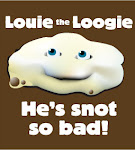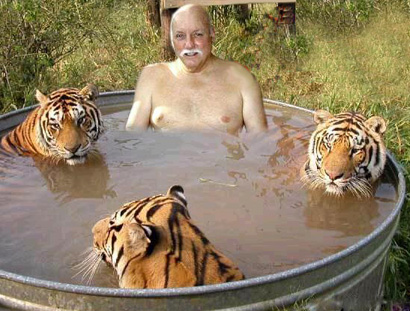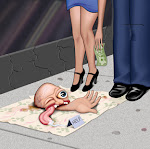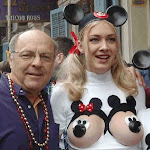 As the history of our republic unfolds, our judicial branch continues to produce generations of scholars who cloak the profession in vests of honor: John Marshall…Benjamin Cardoza…Learned Hand. These juristic giants are, however, microscopic in comparison to the man who stood a mere 8 inches tall. A man whose hypnotically poetic name hints at an intelligence so vast it could only be understood in German: the little known, Cormorant Chewink Crane.
As the history of our republic unfolds, our judicial branch continues to produce generations of scholars who cloak the profession in vests of honor: John Marshall…Benjamin Cardoza…Learned Hand. These juristic giants are, however, microscopic in comparison to the man who stood a mere 8 inches tall. A man whose hypnotically poetic name hints at an intelligence so vast it could only be understood in German: the little known, Cormorant Chewink Crane.Cormorant Chewink Crane’s meteoritic rise to our nation’s highest court began on Christmas in 1907. On that auspicious day, Crane witnesses his grandfather, a Yale-educated sugar baron, slip into a fatal coma while roasting acorns and playing his Jew’s Harp. The elder Crane had finally succumbed to rabies, a disease unwittingly contracted when the family’s pet Hungarian Partridge pecked its way through a sugarcane pen and, confused and emboldened by the rapid influx of sucrose, attacked the elderly Crane’s ear, mistaking it for a scarlet berry. The untimely death was catalytic: Cormorant swore to his comatose grandfather that he would immediately quit his job as a cigar-store Indian and become a respect jurist.
True to his word, Cormorant Crane completed a lengthy legal apprenticeship in 1908 and went to work as a prosecutor in New York City. Within a year, a fortuitous event brought Crane to the attention of then-President Theodore Roosevelt. In 1909, while hiking through a forest in New Guinea, Roosevelt was savagely ambushed by a flock of Shamrock Macaws. Recognizing the opportunity, Crane extradited the flock to America for prosecution. Although unable to pin charges of racketeering or attempted murder, Crane was successful with charges of tax evasion and the birds were sent to Alcatraz. By summer’s end, Crane had been appointed to the federal bench.
Steadily, Crane gained confidence in his ability to disguise tenuous ideological assertions as opinions grounded in law. His burgeoning skill was never more apparent than in his clever handling of a hybrid trust in the landmark decision, Gibbons v. Goblin. In Goblin, Gibbles Gooble, a zookeeper suffering from lycanthropy, declared a trust giving one of the zoo’s gibbon’s legal title and broad discretionary powers to hold a bag of crackers in trust for the Goblins, a family of plumhead parakeets. The case reached Crane’s court when Gables Goblin, one of the parakeets, filed a motion to terminate the trust and thereby prematurely reach the delicious salty crackers. Gibbon argued that because Gibbles gave Gibbon broad discretionary powers over the Goblins trust, the trust implicitly indicated it was Gooble’s material purpose not to terminate the trust. Dissecting the issues with his scholarly scalpel, Crane concluded that the power to sell crackers did not signal a protective intention on the part of the zookeeper to prevent the parakeets from terminating the cracker trust. On appeal, Goblin was upheld. Impressed with Crane’s mastery of trust law, Herbert Hoover nominated him for a recently vacated seat on the U.S Supreme Court.
Basking in the glory of his prestigious nomination, Crane returned to his hometown to receive a plaque memorializing his accomplishments. No one, however, could have anticipated the tragedy that would soon unfold. As the festivities were winding down, an opposition member of the Senate Confirmation Committee handed Crane a red helium balloon. Too light to prevent it from lifting him off the earth’s surface, Crane gracefully floated into the stratosphere, waving to the crowd as he ascended. He was never seen again.
For the past 50 years, sailors traveling the Atlantic have reported seeing a small man floating across the horizon. Some claim he visits their anchored ships while they sleep, resolving their unconscious conflicts. Although such tales are of dubious authenticity, Crane’s spirit undoubtedly lives on. That spirit continues to inspire generations of law students who have come to recognize that, within each of us—particularly lawyers—there is little justice. Let us never forget Cormorant Chewink Crane: the littlest Justice.
~Goldmind





























